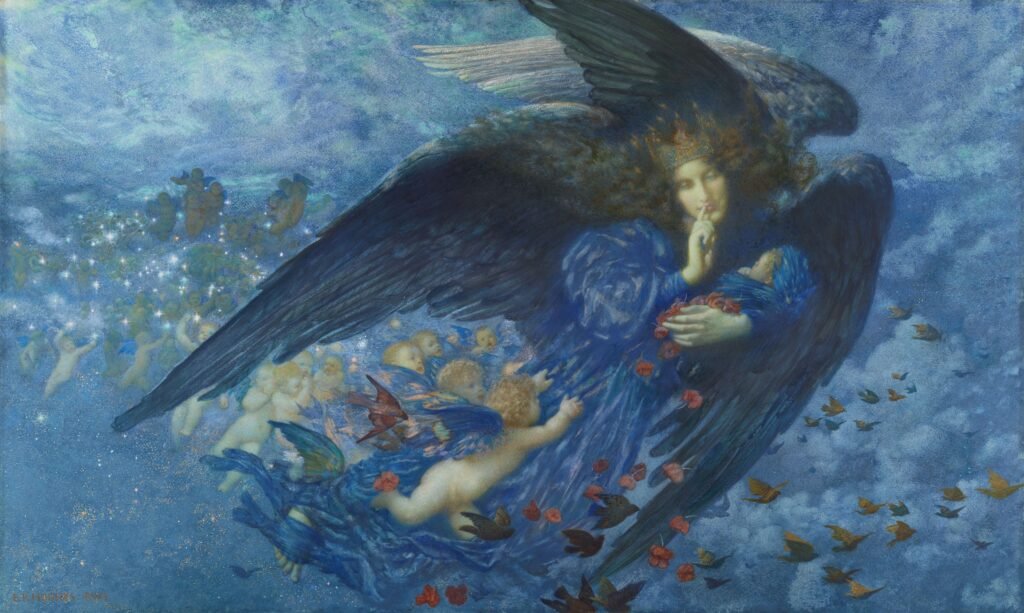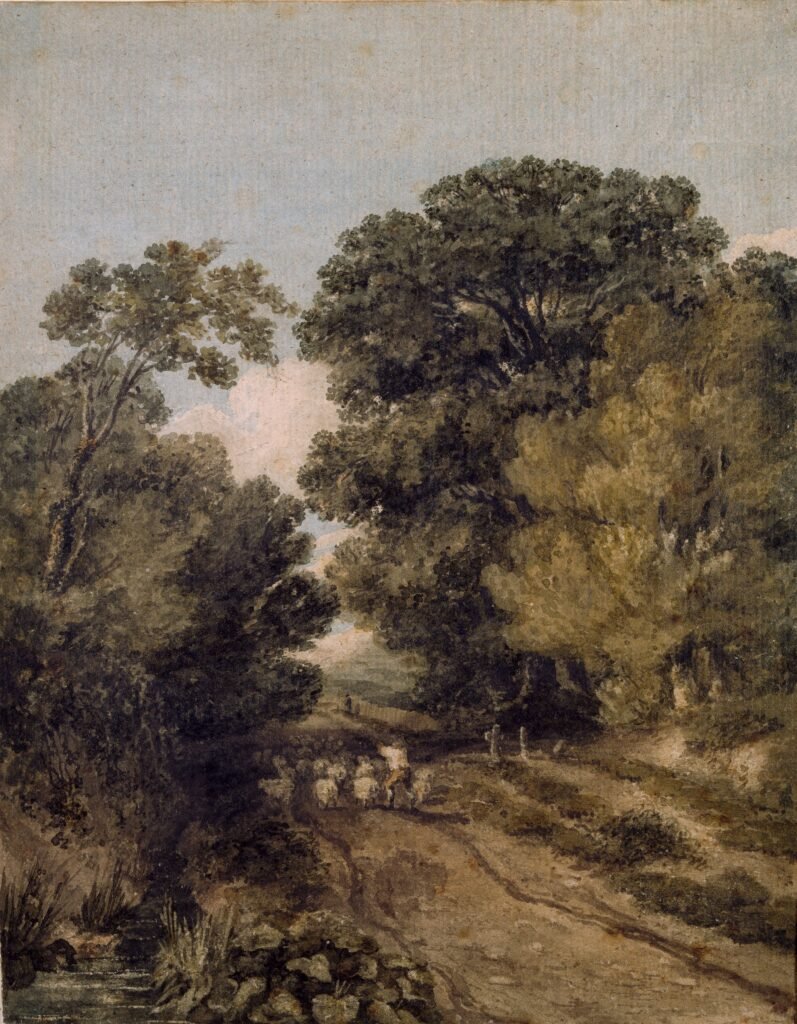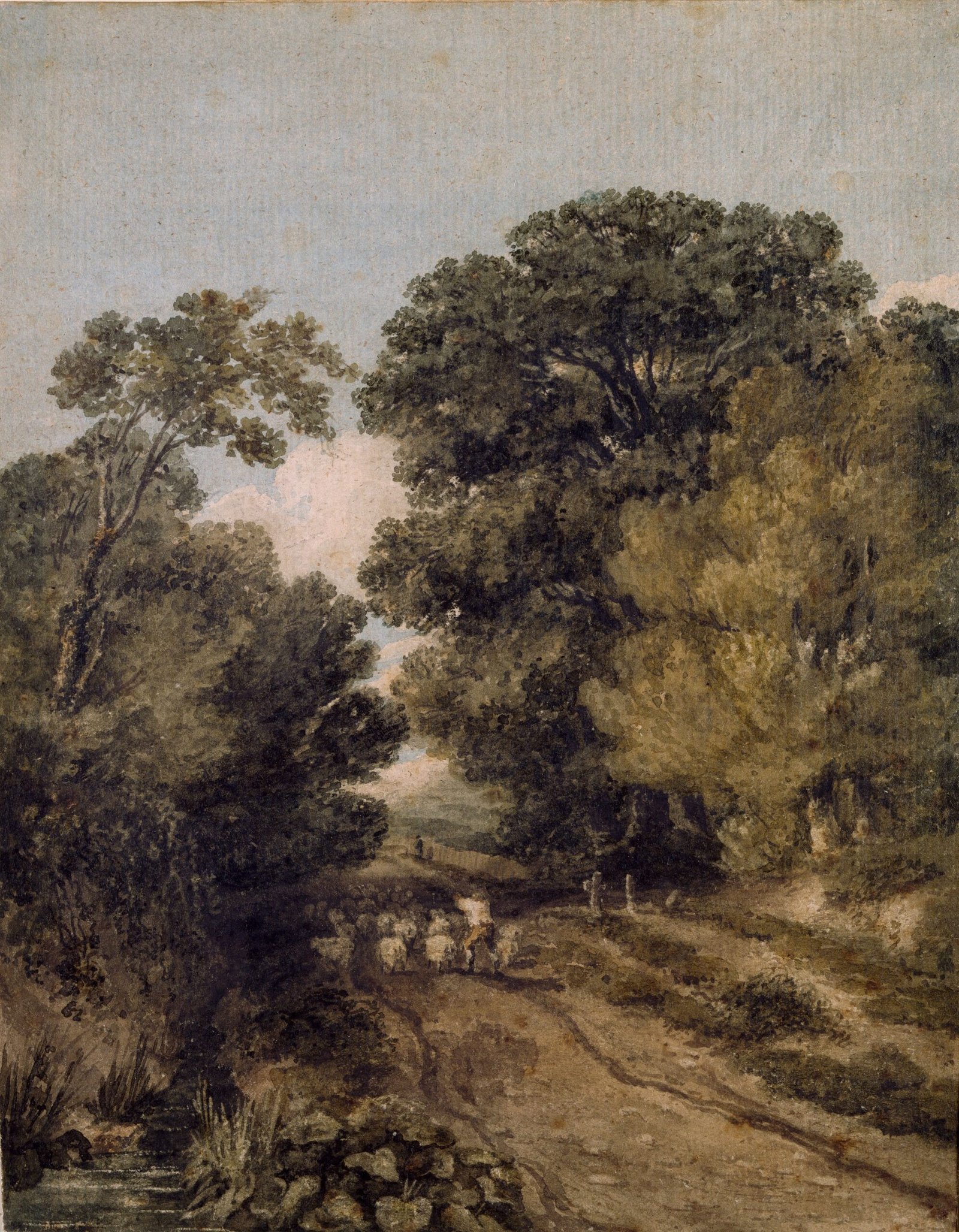Have you ever wondered how many pages a coloring book should have? Whether you’re a parent looking for a coloring book for your child or an artist designing one, the number of pages plays a crucial role in its appeal and usability. In this article, we will explore the factors to consider when deciding on the ideal page count for a coloring book, ensuring that it caters to the needs and preferences of its intended audience. From balancing creativity and engagement to finding the perfect length, we’ll guide you through the process of determining the right number of pages for a captivating coloring experience.

Factors to Consider in Determining the Number of Pages
When creating a coloring book, there are several factors to consider in order to determine the optimal number of pages. These factors include the target audience, the purpose of the 색칠하기 책, the complexity of the designs, the size of the coloring book, and the printing and production cost. By carefully considering these factors, you can ensure that your coloring book is engaging, enjoyable, and well-suited to its intended audience.
1. Target Audience
The target audience is one of the most important factors to consider when determining the number of pages for your coloring book. The age range of your audience will play a significant role in this decision. Young children, for example, may not have the same attention span as older children or adults, so their coloring books may require fewer pages to keep them engaged.
Additionally, it’s crucial to consider the level of artistic ability of your target audience. If your coloring book is designed for children who are just starting to explore their creativity, it may be best to have simpler designs and fewer pages. On the other hand, if your coloring book is aimed at more skilled artists, you can include more intricate designs and potentially increase the number of pages.
2. Purpose of the Coloring Book
Understanding the purpose of your 색칠하기 책 is essential in determining the appropriate number of pages. Coloring books can serve various purposes, including entertainment and leisure, educational and learning, therapeutic and stress relief, or even promotional and marketing.
If the primary goal of your coloring book is to provide entertainment and leisure, you may want to have a sufficient number of pages to keep the users engaged for extended periods. On the other hand, if your coloring book has an educational focus, you might want to consider including activities and additional content on each page to enhance the learning experience.
For those seeking therapeutic and stress relief benefits from coloring, having a larger number of pages can offer a wider variety of designs to choose from, providing a more extensive range of options for relaxation and mindfulness.
Coloring books can also be used as a promotional or marketing tool. In this case, the number of pages should be calibrated to the specific goals and limitations of the campaign. It is important to strike a balance between showcasing your brand or message and providing enough pages for users to enjoy coloring.
3. Complexity of the Designs
The complexity of the designs within the coloring book is another crucial factor to consider when determining the number of pages. Designs can range from simple and basic to medium difficulty or even advanced and intricate.
For coloring books with simple and basic designs, it may be appropriate to have a larger number of pages to compensate for the simplicity. This allows users to spend more time coloring and exploring different color combinations.
On the other hand, coloring books with more intricate designs may benefit from a smaller number of pages. This is because these complex designs can take longer to complete, and users may spend more time on a single page. Having a smaller number of pages ensures that users have sufficient challenges, as well as a sense of accomplishment upon completing each design.

4. Size of the Coloring Book
Consideration should be given to the physical size of the coloring book when determining the number of pages. Coloring books come in various sizes, such as standard, mini, and large or oversized.
Standard-sized coloring books often have a considerable number of pages, ranging from 50 to 100 pages or more. These books offer plenty of content and allow for a diverse range of designs.
Mini coloring books, on the other hand, are more compact and are often designed for on-the-go use. Given their smaller size, having a smaller number of pages, perhaps around 20 to 30, is more practical and suitable for these pocket-sized coloring books.
For large or oversized coloring books, the number of pages can vary depending on the complexity of the designs and the target audience. These books often feature larger illustrations that may take longer to color, so having a lesser number of pages, typically between 20 and 50, can still provide users with enough content to enjoy.
5. Printing and Production Cost
Printing and production costs can significantly impact the number of pages in your coloring book. It is crucial to consider your budget and the printing method you will be using.
If you have budget constraints, you may need to limit the number of pages in your coloring book. Printing a large number of pages can increase production costs, so it’s important to strike a balance between the desired content and your financial limitations.
The printing method you choose can also affect the price. Digital printing allows for more flexibility in the number of pages, whereas traditional offset printing may have specific page count requirements for cost-effective production. Take this into account when determining the final number of pages for your coloring book.
Additionally, the cover design and materials used for the coloring book can also contribute to the overall production cost. If you opt for a more elaborate cover or specialized materials, consider adjusting the number of pages accordingly to ensure the final product remains within your budget.

Optimal Number of Pages for Different Situations
Now that we have explored the factors influencing the number of pages, let’s examine the optimal page count for different situations.
6. Children’s Coloring Books
Children’s coloring books should be designed with their specific needs and abilities in mind. Consideration should be given to the age range, attention span, and level of artistic ability of the children who will be using the coloring book.
Preschool Coloring Books
For preschool-aged children, it is best to keep the coloring book simple and manageable. A page count ranging from 10 to 20 pages is often suitable, allowing them to complete the book without feeling overwhelmed. coloring books for this age group typically feature large, easy-to-color illustrations and bold outlines.
Elementary School Coloring Books
As children progress to elementary school, their attention span and artistic abilities increase. Coloring books with 20 to 50 pages provide them with a more diverse range of designs to choose from. At this stage, you can introduce more complex designs that offer a moderate level of challenge.
Coloring Books for Older Children
Older children may have a higher level of artistic ability and a longer attention span. Coloring books for this age group can range from 50 to 100 pages or more, allowing them to engage in prolonged coloring activities. Including a mix of simple and intricate designs ensures that there is something for everyone.
7. Adult Coloring Books
The popularity of adult coloring books has grown significantly in recent years, with various themes and styles catering to different preferences. The optimal number of pages for adult coloring books will depend on the intended purpose and complexity of the designs.
Mandala and Pattern-Oriented Books
Mandala and pattern-oriented books are highly popular among adults seeking mindful and relaxing coloring experiences. These designs often require more attention to detail and can be time-consuming to color. An ideal page count for these books ranges from 50 to 100 pages, providing a wide selection of intricate designs for adults to immerse themselves in.
Nature and Landscape-Themed Books
Coloring books featuring nature and landscape themes aim to evoke a sense of tranquility and connection with the natural world. These books often comprise intricate and detailed illustrations, making them suitable for adults who enjoy more complex coloring challenges. A page count between 30 and 70 pages allows for an adequate variety of designs while maintaining a manageable size.
Artistic and Detailed Coloring Books
For adults with advanced artistic abilities or those seeking more elaborate coloring experiences, books with highly detailed and artistic designs can be immensely satisfying. These books may have a higher page count, ranging from 50 to 100 pages or more. The intricate illustrations provide a canvas for adults to showcase their creativity and spend extended periods engrossed in the coloring process.
10. Additional Considerations
While the factors mentioned earlier provide a comprehensive guide, there are a few additional considerations to keep in mind when determining the number of pages for your coloring book.
Budget and Cost Limitations
Your available budget will ultimately impact the number of pages you can include in your coloring book. It is essential to strike a balance between providing ample content and ensuring that the production costs remain within your financial means. Utilize your resources wisely to create an enjoyable and cost-effective coloring book.
Customizability and Personalization Options
Consider whether you want to provide additional pages for users to personalize or add their own artwork. Including some blank pages at the end of the coloring book allows for creative expression beyond the predefined designs. This feature can enhance the value and personalization of the coloring book, providing users with a unique and customized experience.
In conclusion, determining the number of pages for a coloring book involves careful consideration of various factors. By analyzing the target audience, the purpose of the coloring book, the complexity of the designs, the size of the coloring book, and the printing and production cost, you can create a well-balanced and engaging coloring book that meets the needs and preferences of your intended users. Whether it’s a children’s coloring book, an adult coloring book, or a specialized theme coloring book, taking into account these factors will ensure a successful and enjoyable coloring experience for your audience.
















